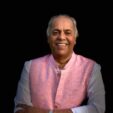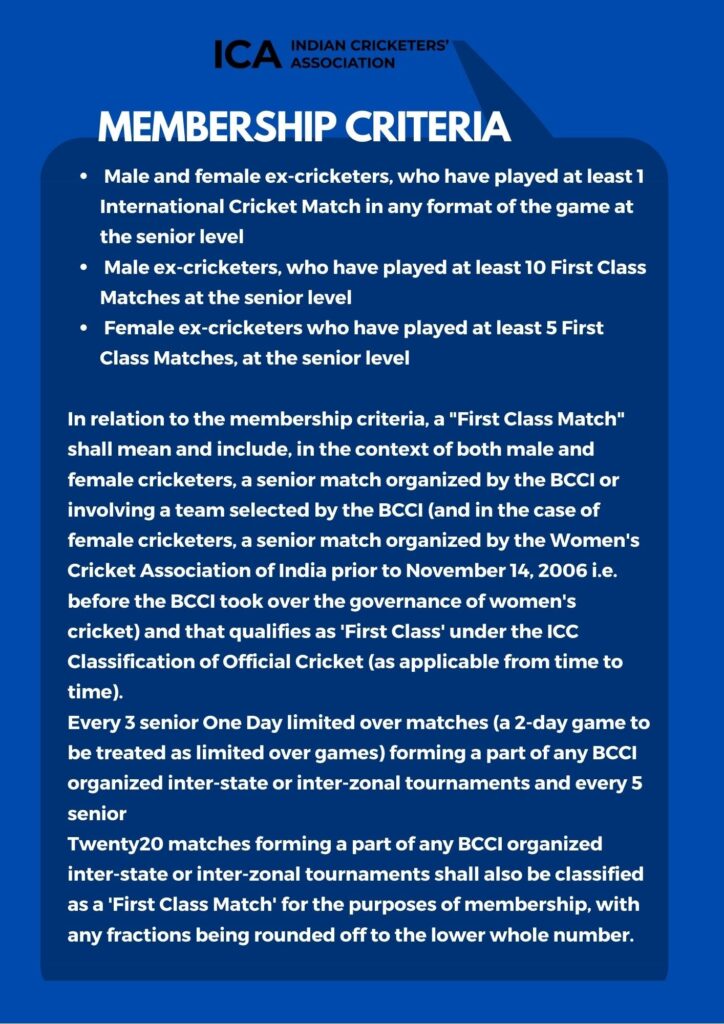T20 cricket still to be fully understood

By: Yajurvindra Singh
Email: sunnybilkha@hotmail.com
Sep 2nd, 2022: The most popular format of cricket at present, the T20 has still to be thoroughly understood by the players as well as the coaches and people supporting them.
The conventional mode of cricket played in the very early days was played very much like T20. The batter was there to hit the ball if possible on every delivery. This was seen as the best way to show strength, courage and skill. Village cricket was an ideal setting to display one’s capabilities and hitting the ball out of the park was a true exhibition of brilliance.
Education and good sense gradually played its part and batters learnt that the ideal combination of defence mixed with offence is a far better option than the mad hitting style of yore.
Cricket then took a completely different path, wherein, to be consistent and good one had to cautiously overcome the initial unknown variables such as the conditions relating to the pitch, the bounce, movement due to the atmosphere and the conditions prevalent. Respecting and understanding the bowlers’ variations was an added concern to master.
The flamboyant style of hitting with firepower went out of the window for the top-line batters and only the tail-enders and technically inefficient ones were seen to do so.
Batsmen became averse to taking risks and batting in a fool-hardy manner was taboo, and technique, patience and concentration was what was appreciated.
The fast pace and change in the lifestyle of people around the world soon played a major role in the way cricket as a sport was being perceived. It was looked at as one that was slow, boring and unending. The crowds were soon dwindling and cricket was losing its sheen, even amongst its die-hard followers. The young needed excitement and cricket was failing to deliver it.
The England Cricket Board brought in a One-day league that was played on a Sunday and many of them between the counties.
The limited-overs games started drawing the crowds back to the stadium and television brought about a complete revolution in popularising cricket as entertainment.
The T20 came into being in 2003 and it soon became popular. India was not entirely accepting of this format till they won the inaugural T20 World Cup in 2007. Since then, and with the introduction of the Indian Premier League, the T20 format has grown exponentially.
Cricket now has a unique following that has captured the attention of young girls and boys and the spectrum of the elderly as well. The T20 is easy to follow and finishes with a definite result at the end.
The ones who are still trying to understand as to what the most effective way to play it are the cricketers and the coaches.
Initially, one looked at it as a format that would need young, fit and fast cricketers to play it. The mighty hitters were preferred to the smart ones who could oscillate between subtle placements and big hitting. This now has given way to batters who can play in all 360 degrees of the ground and bowlers who may not have the speed or turn but ones who have a variety of deliveries under their belt.
The T20 game plan for teams is changing rapidly as more and more matches are being played. Cricket has never in its history had such an innovative and disruptive movement. The batters are churning out unimaginable stroke-play and bowlers are bowling deliveries that one never ever thought was possible.
The challenge for one and all is to understand when and where these innovative creations would be most effective.
The Asia Cup being played in the UAE at present has already shown one the progress that T20 cricket has made since last year when the T20 World Cup was played there.
Mighty and big hits by batters and express speed by bowlers was always seen as important skills for players to be successful. The West Indies did showcase this through their team and players’ performances over the years. However, one can visualise a change that is emerging quite rapidly.
The Afghanistan side is one which has already, in the Asia Cup, made one raise one’s eyebrow. Their players are strongly built and have the strength to hit the ball into the stands quite easily. Where they have stolen a march over the rest is that they have amidst them crafty and good wrist and finger spinners as well. They have the potential to beat the best in this format of the game and have shown this by beating both Sri Lanka and Bangladesh in their group matches. They now look like potential threats to India and Pakistan as well.
The Indian T20 team, on the other hand, seems to be in a dilemma. One has to appreciate the Indian think-tank to pursue their vision of building bench strength. However, this has led to an abundance of player options. Good examples are the three stalwarts and world-recognised batters in Rohit Sharma, KL Rahul and Virat Kohli. They are certainties for the top-3 batting spots. This is solely because of their reputation achieved through several earlier masterful performances in all the formats of the game.
However, the issue that one is sceptical about is whether they have the mental and batting skills required of the new-look T20 player. In the match versus Hong Kong, Suryakumar Yadav showed diversity in his stroke-play, wherein, he played in all directions of the ground. Watching him made one feel whether our tried and tested renowned batters have lagged behind.
Although, one would prefer Rishabh Pant over Dinesh Kartik, one has to admire the latter for the way in which he has adapted to the T20 style of batting. He realised that he needed to change in order to be effective and did so very sensibly.
One is gradually understanding the changes required for T20 cricket, but fully grasping what is essential is still some way behind.
(Yajurvindra Singh is a former Test cricketer. Views expressed are personal.)

